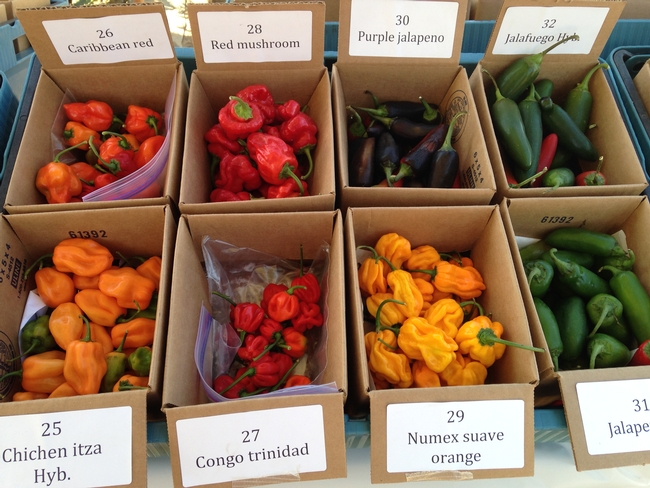
“Tomato spotted wilt virus spread by western flower thrips is a big problem for peppers,” said Shimat Joseph, UC Cooperative Extension advisor in Monterey, Santa Cruz and San Benito counties. Tomato spotted wilt can cause a plant to produce discolored fruit that is unmarketable and it can kill the plant. Joseph advises pepper growers on integrated pest management methods to control insects.
“We believe it is critical to manage thrips early in the season because when the plants are small, they are more vulnerable,” Joseph said, “and the disease may not show until later in the season.”
He is currently studying the effects of applying insecticides a month after transplanting to discourage thrips from feeding. He also recommends removing weeds, which can host the virus.